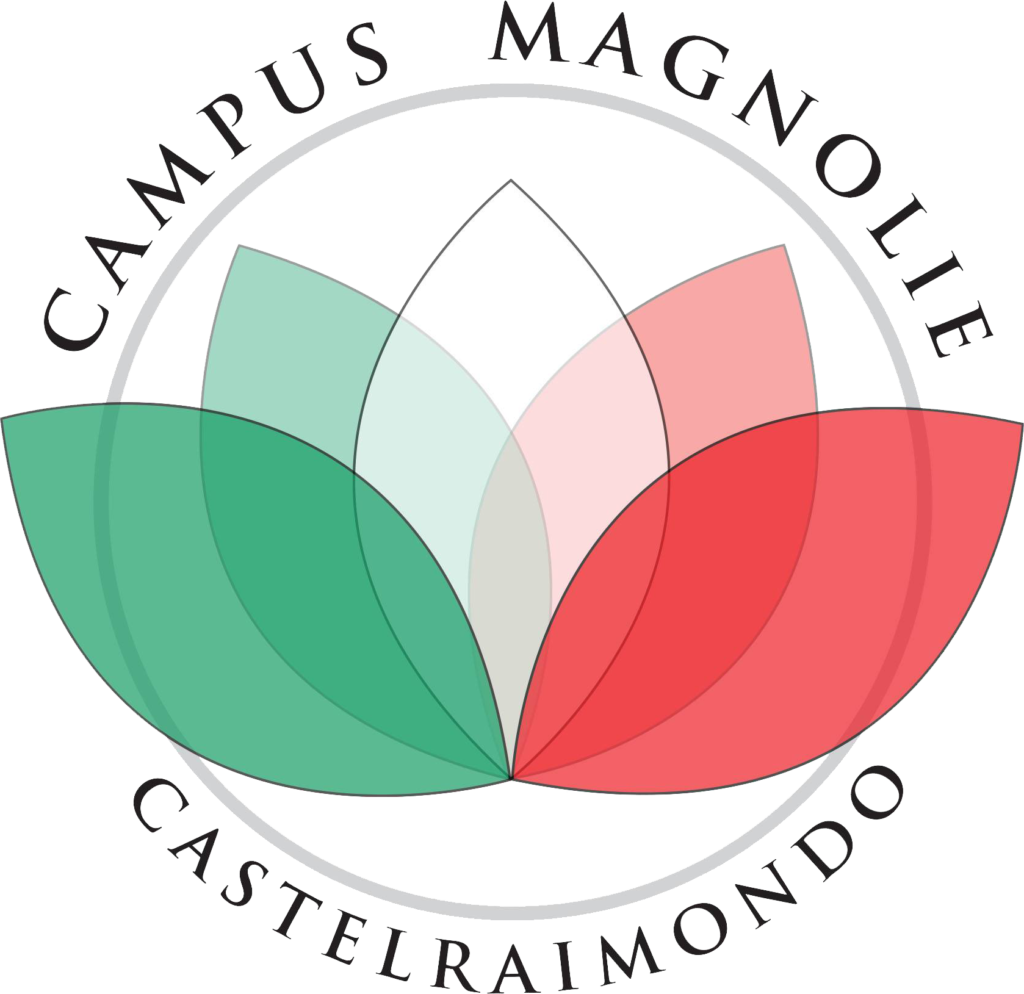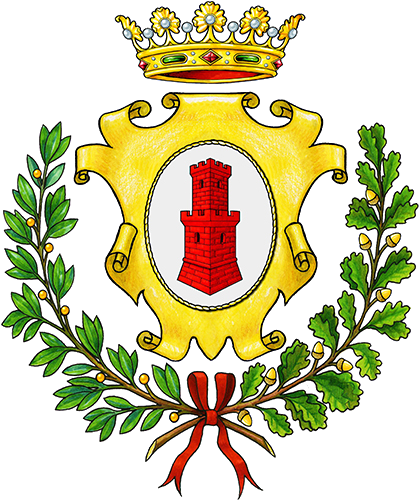Castelraimondo
For years the town of Castelraimondo has been welcoming students from all over the world, allowing them to benefit from the quiet, beauty and intimacy of its environment, with every kind of at hand.
Castelraimondo is a town of about 5000 inhabitants, lying in the valley of the Potenza River. The landscape, typical of the Marche region, consists of gentle hills and beautiful views. Here you can enjoy old traditions, history and culture of this region, which is also rich in towers, castles, churches and medieval villages.
Although Castelraimondo has a long history of over 700 years, it is also modern, friendly and open to visitors and tourists. Not surprisingly, for 25 years it has been home to several schools of Italian language for foreigners, welcoming over 25,000 students who experienced wonderful study holidays in this location, now well-known by many international schools and institutes.
The livable size of this town has always made it easy for students to meet, speak and become familiar with its inhabitants, allowing them to fully immerse themselves into the real life of this place in the heart of Italy. All comforts are close at hand and there is no need to use means of transport, as you can get everywhere on foot. Castelraimondo was named after Raimondo di Attone, who in 1311 allowed the town of Camerino (of the Guelph faction) to build a fortress in the area of present Castelraimondo. Learn more about it at:
Come Arrivare
Campus Magnolie Castelraimondo
IN AUTO
Coming from North, take the exit Ancona Nord (A14) and continue towards freeway SS76 Jesi-Rome. Exit at Borgo Tufico and go straight towards Castelraimondo, through Cerreto D’Esi-Matelica. Once in Castelraimondo, follow the signs to the train station. Turn left over the bridge and take the second exit at the roundabout, continue for 500 metres to 16, Via Gariboldi; the Campus is on the left.
Coming from South, take the exit Civitanova Marche (A14), take freeway SS77 and continue towards Macerata-Tolentino, exit at Tolentino Est and continue to city center-San Severino Marche-Castelraimondo. Once in Castelraimondo, turn right at the traffic lights and go straight until the end of the street. In front of the station turn left, then right over the bridge and take the second exit at the roundabout, continue for 500 metres to 16, Via Gariboldi; the Campus is on the left.
Coming from Rome-Florence, the way to Castelraimondo is from Foligno-Colfiorito-Camerino or Foligno-Nocera Umbra-Passo Cornello-Pioraco. Once in Castelraimondo, turn right and follow the signs to the station. Turn left over the bridge and take the second exit at the roundabout, continue for 500 metres to 16, Via Gariboldi; the Campus is on the left.
IN AEREO
Nearest airport: Ancona-Falconara “Raffaello Sanzio”, 50 minutes from Castelraimondo.
IN TRENO
Rome-Ancona line: get off in Fabriano and take the train to Castelraimondo.
Milan-Lecce line: get off in Civitanova Marche and take the train to Castelraimondo or get off in Ancona, take the train to Fabriano (towards Rome) and then the train to Castelraimondo.
Florence-Foligno line: get off in Foligno and take the train to Fabriano and then to Castelraimondo.
Regione Marche
The Marche region is in the center of Italy, between the Apennine Mountains and the Adriatic Sea about one hour by train from Castelraimondo).
Its landscape is reminiscent of Tuscany and Umbria, with mountains, hills and beaches all within a short distance. There are no big cities and the capital Ancona has only about 100,000 inhabitants; on the other hand, the Marche are characterized by a multitude of small medieval villages, with impressive castles, churches, fortresses and theatres that bear witness to a past rich in history and culture. Although 160 kilometers of sandy beaches used to be the main reason for tourists to visit the region, the inland is absolutely one of the most interesting parts to be discovered.
Among the most famous cities of the region are Urbino, with its almost intact Renaissance historical center, Pesaro, Ancona, Macerata – famous for its summer Opera Festival in the “Sferisterio” Arena – Fermo and Ascoli Piceno, which boasts one of the most beautiful squares in the Italian peninsula.
For those who love nature, the must-visit places are the small beach of Sirolo, a real hidden gem on the Adriatic coast, the national park of the Sibillini Mountains, covered with snow until spring and unveiling the largest flowery meadow in Europe in May and June, and the marvelous Frasassi Caves.





